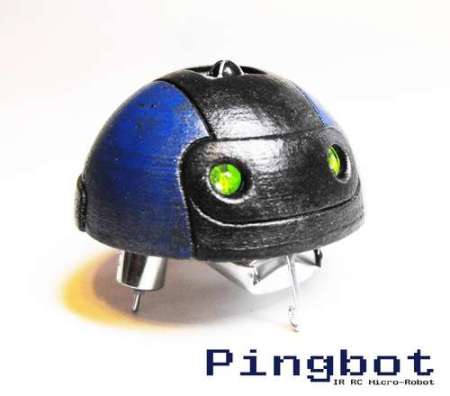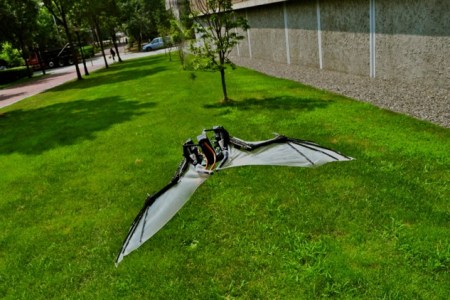
If you’re going to make your next project wireless, you don’t need an XBee, WiFi shield, or even a Bluetooth module. Turning old hardware into a dev board is extremely easy, as [Taikson] shows us by adding an I2C bus to a Fonera router. (Spanish, here’s the Google translation)
To add an I2C bus, [Taikson] took two pins that originally went to a router status pin and soldered on a pair of wires. [Taikson]’s router is running OpenWrt, so adding support for I2C devices is just a matter of changing a few kernel settings.
As for what you can do with a router development platform, the sky’s the limit. Last year, [Taikson] controlled a quadcopter from within a web browser with a similarly modified I2C-enabled router. It’s a clever hack, and with a little bit of work it should be possible to add a few sensors or even a camera to his quadcopter.














